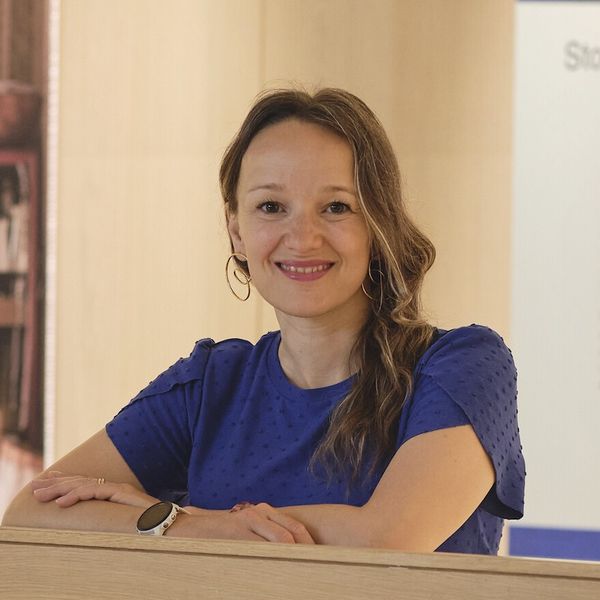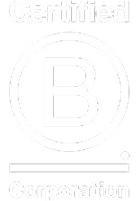Elise Foster Vander Elst
Head of Exhibitions & Environmental Impact Lead
Design Museum
Elise Foster Vander Elst is head of exhibitions and environmental impact lead at the Design Museum, which exhibits product, industrial, graphic, fashion, and architectural design in Kensington, London. Vander Elst oversees the delivery and production of around 10 exhibitions each year, and is well aware of the potential environmental costs. As environmental impact lead, she is developing strategies to measure impact and develop more environmentally responsible exhibitions and systems.
She told blooloop: “I lead quite a large team focusing on the production of exhibitions. We do a lot of temporary exhibitions. We do massive environments and immersive exhibitions. Because they’re temporary, we often have a vast amount of set works, plinths, walls and things like that. Unfortunately, because of the way the arts and museum sector is structured, those things tend to get wasted at the end of the exhibition.
“That inspired me to explore how we can look at more circular economy solutions.”
Previously, as a freelance exhibition producer, Vander Elst produced the ‘Illuminating India: 5000 Years of Science & Innovation’ exhibition in South Kensington for the Science Museum Group, working with the Indian Ministry of Culture, the Archaeological Survey of India and the National Council of Science Museums India to bring artefacts and antiquities from Indian lenders to the UK.
In 2011, while based in Mumbai, she established Asia Art Projects (AAP), an international arts agency that produced major exhibitions, art festivals and contemporary art events in the UK and India. She was also the director and co-founder of Focus Photography Festival, Mumbai (2013, 2015, 2017).
“It is our responsibility to actively embed more sustainable thinking into the DNA of our institutions. This can be hard when funding is limited and organisations are still bouncing back from the pandemic, but the reality is that the world is headed for climate catastrophe without urgent action. We can no longer separate the climate movement from our day-to-day activities, be it in our personal or professional life,” says Vander Elst.

